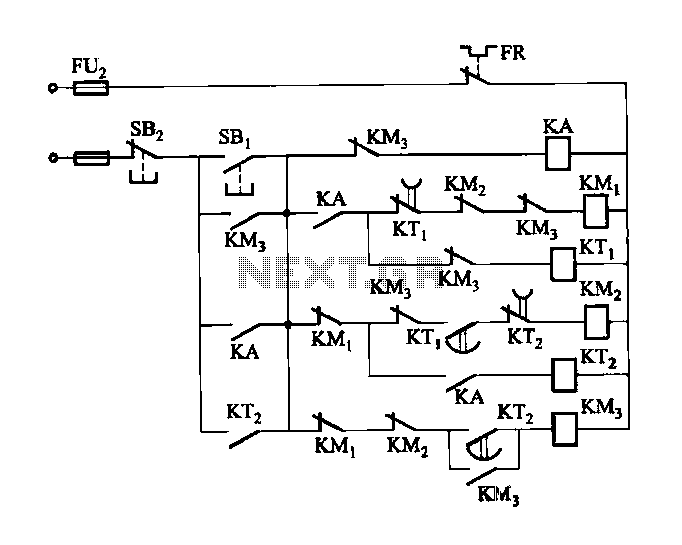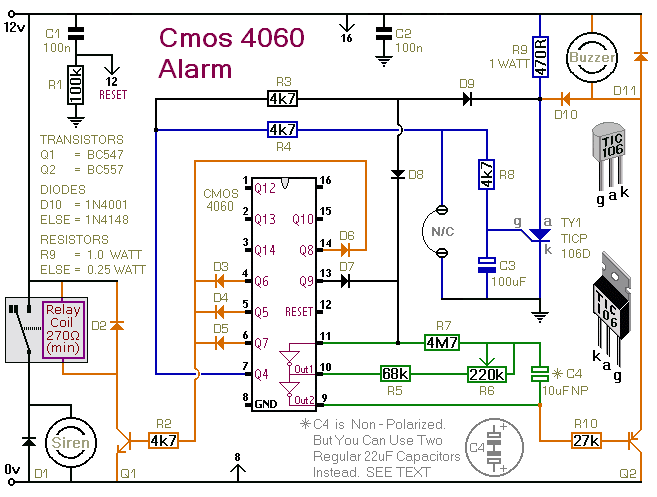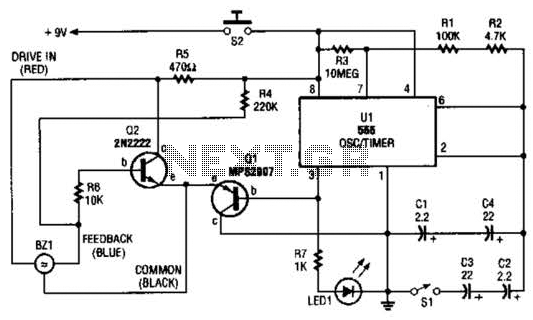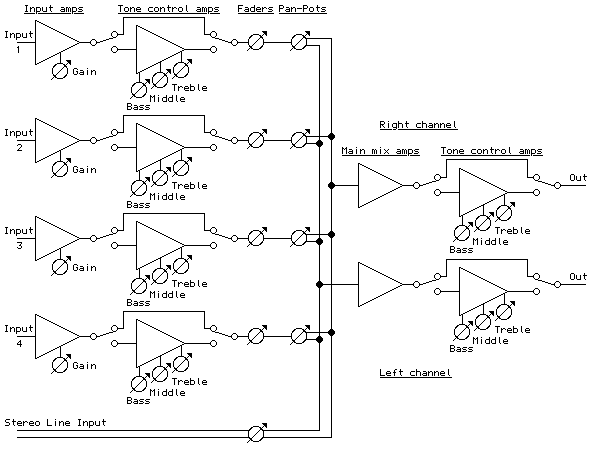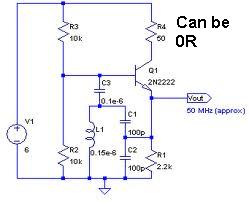
Joule Thief Circuit Experiment
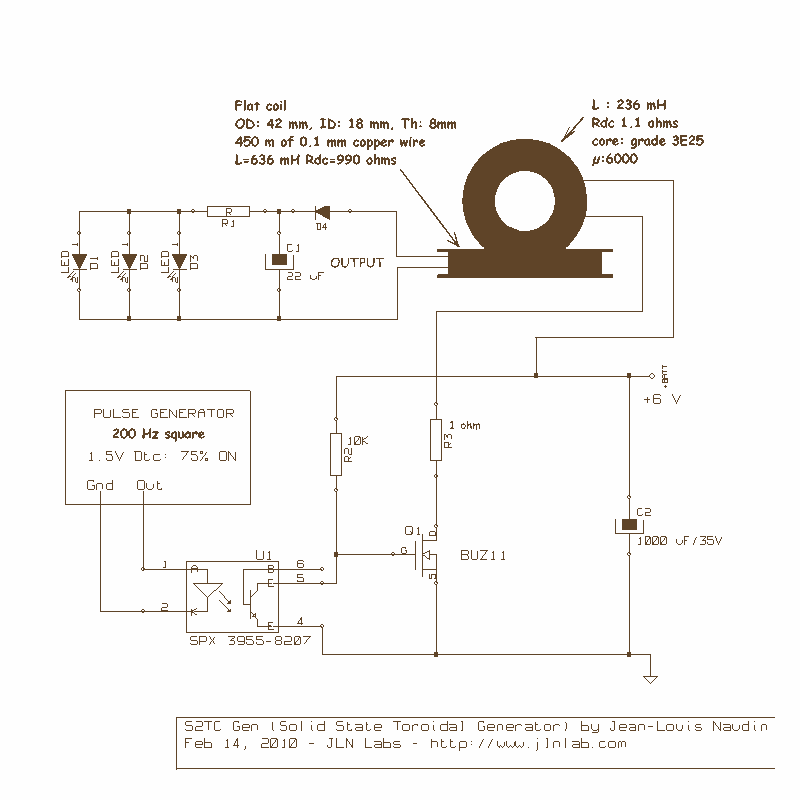
R1, D3, and C1 are optional components. Only one LED is necessary. If the LED does not illuminate, try reversing its polarity. Initially, a single 555 circuit was used, but high current consumption was a concern. Additionally, the R5 resistor and the BUZ 11 transistor generated significant heat at approximately 200 Hz. Due to the difficulty in tuning frequency and duty cycle with a single 555 timer, a frequency generator was chosen for the design.
The circuit described utilizes a 555 timer IC, which is a versatile component commonly used for generating precise timing and oscillation signals. In this configuration, the timer can operate in astable mode, producing a continuous square wave output. The optional components, R1, D3, and C1, can enhance the circuit's functionality but are not strictly necessary for its basic operation.
The LED serves as a visual indicator of the circuit's operation. If the LED fails to light, the polarity must be checked, as LEDs are polarized devices that require correct orientation for proper function.
The mention of high current consumption in the original setup suggests that the circuit may need optimization to reduce power usage. The R5 resistor, which is likely part of the timing components or load for the BUZ 11 transistor, is noted for overheating at a frequency of around 200 Hz. This indicates that the resistor may be undersized for the application or that the current flowing through it is too high, necessitating a review of the resistor's value and power rating.
The BUZ 11 is a power transistor that can handle higher currents and is often used in switching applications. Its overheating suggests that it is operating near its limits, which can lead to reliability issues. The use of a frequency generator instead of a single 555 timer allows for more precise control over the output frequency and duty cycle, which is beneficial for applications requiring specific timing characteristics.
In summary, the circuit design involves a basic LED indicator, a 555 timer for oscillation, and a BUZ 11 transistor for switching, with considerations for component selection and thermal management to ensure reliable operation. Further analysis of the circuit parameters and adjustments to component values may be necessary to improve performance and efficiency.R1, D3 and C1 are optional! You just need one LED. If it does not work, try to switch the LED polarity. I first tried a single 555 CCT (CirCuiT). I was annoyed by the huge current consumption. The R5 resistor and the BUZ 11 did get very hot at about 200 HZ. So, as the feq and Duty Cycle (DTC) is not easy to tune with a single 555, I decided to use a Freq Gen. 🔗 External reference
The circuit described utilizes a 555 timer IC, which is a versatile component commonly used for generating precise timing and oscillation signals. In this configuration, the timer can operate in astable mode, producing a continuous square wave output. The optional components, R1, D3, and C1, can enhance the circuit's functionality but are not strictly necessary for its basic operation.
The LED serves as a visual indicator of the circuit's operation. If the LED fails to light, the polarity must be checked, as LEDs are polarized devices that require correct orientation for proper function.
The mention of high current consumption in the original setup suggests that the circuit may need optimization to reduce power usage. The R5 resistor, which is likely part of the timing components or load for the BUZ 11 transistor, is noted for overheating at a frequency of around 200 Hz. This indicates that the resistor may be undersized for the application or that the current flowing through it is too high, necessitating a review of the resistor's value and power rating.
The BUZ 11 is a power transistor that can handle higher currents and is often used in switching applications. Its overheating suggests that it is operating near its limits, which can lead to reliability issues. The use of a frequency generator instead of a single 555 timer allows for more precise control over the output frequency and duty cycle, which is beneficial for applications requiring specific timing characteristics.
In summary, the circuit design involves a basic LED indicator, a 555 timer for oscillation, and a BUZ 11 transistor for switching, with considerations for component selection and thermal management to ensure reliable operation. Further analysis of the circuit parameters and adjustments to component values may be necessary to improve performance and efficiency.R1, D3 and C1 are optional! You just need one LED. If it does not work, try to switch the LED polarity. I first tried a single 555 CCT (CirCuiT). I was annoyed by the huge current consumption. The R5 resistor and the BUZ 11 did get very hot at about 200 HZ. So, as the feq and Duty Cycle (DTC) is not easy to tune with a single 555, I decided to use a Freq Gen. 🔗 External reference
Warning: include(partials/cookie-banner.php): Failed to open stream: Permission denied in /var/www/html/nextgr/view-circuit.php on line 713
Warning: include(): Failed opening 'partials/cookie-banner.php' for inclusion (include_path='.:/usr/share/php') in /var/www/html/nextgr/view-circuit.php on line 713
